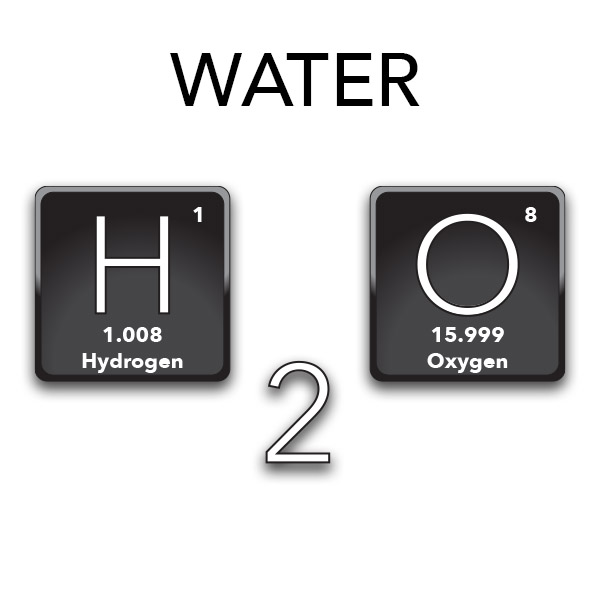Suståne Compost Facility
The Suståne site is constructed on an impermeable, compacted clay liner and engineered to capture 100% of all precipitation that may come in contact with the compost. Collected runoff is recycled back into the composting windrows as needed or it is agronomically applied to surrounding crop land managed by the facility and area farmers as a low nutrient fertilizer. The compost facility also maintains subsurface monitoring wells both up gradient and down gradient that are sampled and tested three times annually to assure the safety and purity of the region’s groundwater. This facility has served as a model site for recycling agricultural materials.
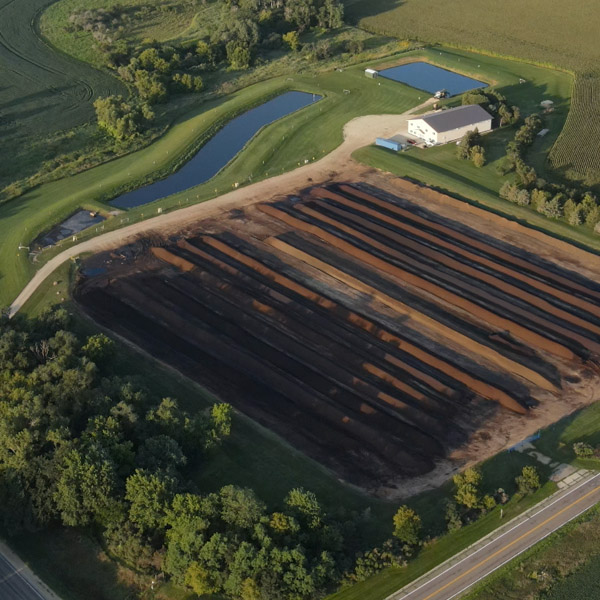
Suståne Composting Process
The turkey litter is converted to humus over a twenty-six week aerobic, thermophilic composting process. The litter is aerated twice each week so the rows have access to oxygen. Water is added to the rows to maintain the moisture content necessary for composting. The row temperatures are monitored weekly to ensure proper microbial activity to provide adequate decomposition, pathogen destruction and stabilization.
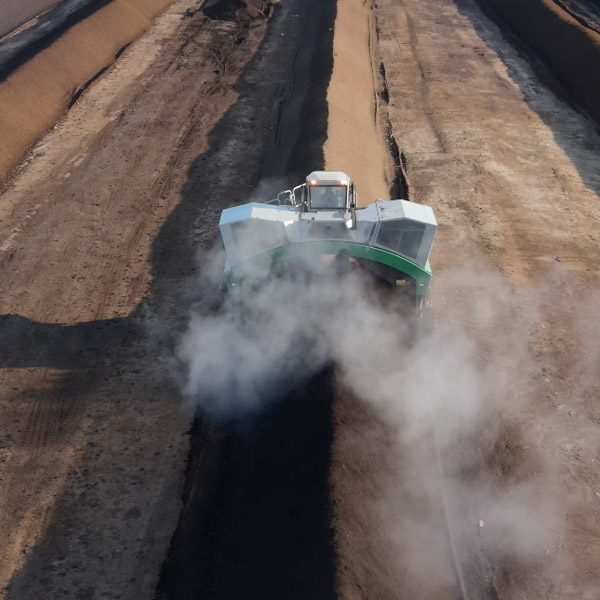
Carbon
- The bedding (carbon) serves as a nitrogen sink to capture and hold the soluble nitrogen as well as the other plant nutrients present in the manure.
- The bedding (wood shavings) provides the carbon that serves as a nitrogen sink to capture and hold the soluble nitrogen as well as the other plant nutrients present in the manure.
- The bedding provides structure and porosity so that the composting windrow “breathes” and allows oxygen to move throughout the pile. Without oxygen present, the decomposing organic matter will quickly go anaerobic.
- The bedding provides the carbohydrates necessary to sustain microbial life in the composting process. Decomposing bacteria are life forms that also need protein and carbohydrates to thrive and multiply. The manure component provides the microbes with the protein (nitrogen) and the bedding provides the microbes with the carbohydrates to sustain their metabolic processes.
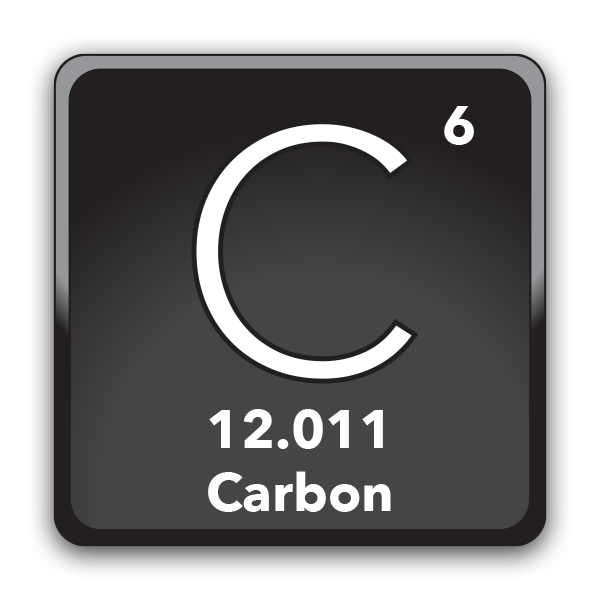
Nitrogen
- Nitrogen in the turkey manure is derived from soybean meal in the feed and other enzymatic reactions in the gut.
- Initially the nitrogen is quite soluble in the form of urea, which when exposed to air is acted upon by naturally occurring urease enzymes that convert the urea to the ammonia form of nitrogen (NH3) and N2 gas. Ammonia is a volatile gas. Without a mechanism for capturing the urea and ammonia, much of the fertilizer value of the naturally occurring nitrogen is lost or wasted.
- The Suståne aerobic composting process prevents the loss of valuable nitrogen fertilizer by converting soluble and volatile forms to “organic” nitrogen, or nitrogen that is bound and held by carbon. When the composting process is complete the organic nitrogen is held within the cellular structure of the decomposing microorganisms. The ammonia nitrogen is no longer present – odor has been diminished. The soluble nitrogen has now been converted to slow release nitrogen (SRN).
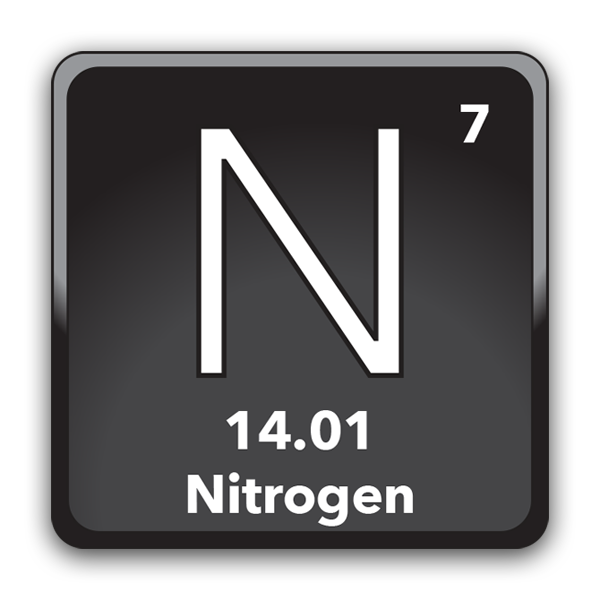
Oxygen
- When carbon (raw organic matter) and nitrogen are sufficient, oxygen decomposing microorganisms begin to rapidly grow and multiply as they feed on the organic materials. With increased microbial activity, the metabolic process of the thermophilic (heat-loving) microbes generates significant amounts of biological heat through respiration. This heat is released in the form of water vapor.
- Microbes are highly active achieving internal windrow temperatures of 55 to 60 degrees Celsius.
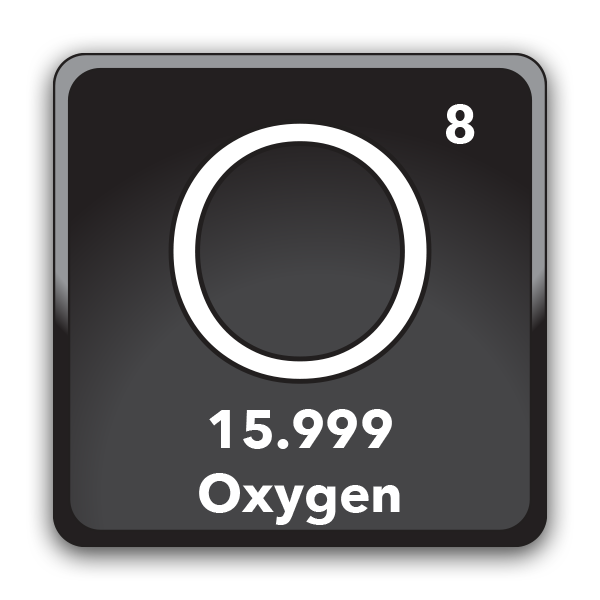
Water
- The Suståne composting process has been developed and practiced over 30 years and converts the organic matter must be in the stable form of humus. During this process Soluble nitrogen is converted into organic and slow release nitrogen. The nitrogen molecules are held by the bacterial biomass and after application to the soil are solubilized by soil microbial activity to plant available forms; feeding the plant as it is needed rather than too quickly, too late or not at all. It takes time oxygen, and water to transform nitrogen and organic matter (carbon) into Suståne fertilizer.
